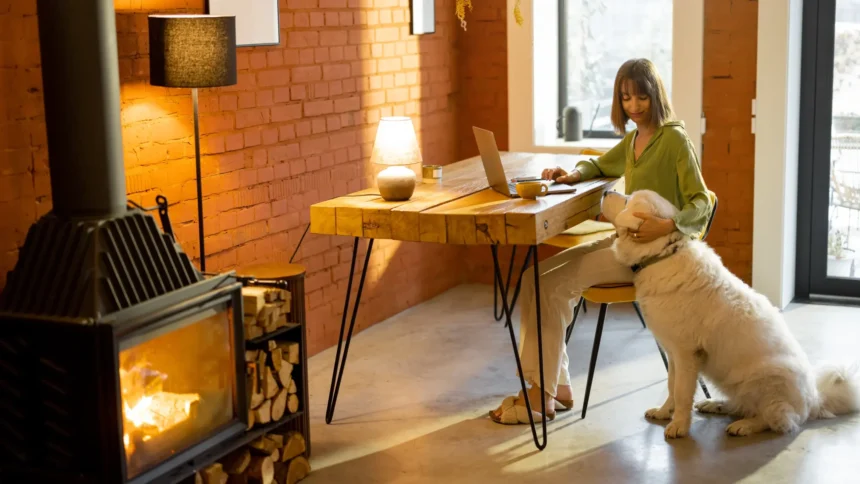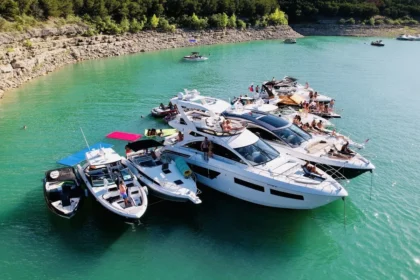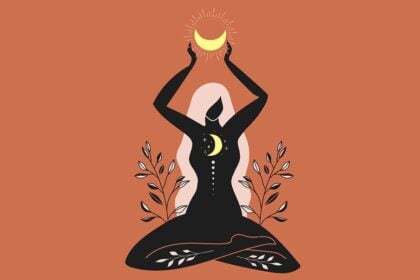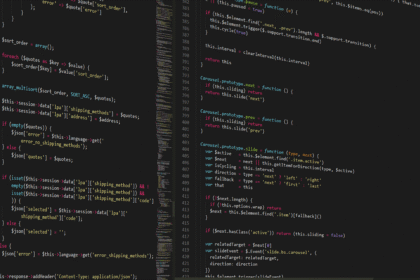In a world that’s constantly on the go, a growing number of individuals are choosing to hit the brakes. Welcome to the era of slow living—a lifestyle that prioritizes mindfulness, intentionality, and a deliberate pace over the relentless hustle.
Embracing the Slow Living Movement
Slow living isn’t about doing everything at a snail’s pace; it’s about making conscious choices that align with your values and well-being. It’s a response to the burnout culture, encouraging individuals to savor life’s simple pleasures and find joy in the present moment.
The Digital Detox Revolution
In 2025, digital detoxes have become a cornerstone of the slow living philosophy. With constant connectivity leading to fragmented attention and increased anxiety, many are setting boundaries with technology. Practices like screen-free mornings, app limits, and digital sabbaticals are gaining popularity as people seek to reclaim their time and mental space. (Spa Executive)
Slow Living in the Digital Age
Despite its emphasis on unplugging, slow living has found a vibrant community on platforms like TikTok. The hashtag #slowliving boasts over 500 million views, showcasing serene morning routines, mindful cooking, and nature walks. These glimpses into a more intentional lifestyle inspire viewers to incorporate slow living principles into their own lives.
Real People, Real Stories
On Reddit, users share personal experiences embracing slow living:
“I want to live a life where I have the time and space to rest well and do things that I love.”
“My partner and I will be staying in a cabin in the forest with no wifi access and no TV with the intention of beginning the journey of slow living.”
These testimonials highlight the desire for a more balanced and fulfilling life.
Practical Steps to Embrace Slow Living
- Simplify Your Schedule: Prioritize tasks that align with your values and eliminate unnecessary commitments.
- Mindful Consumption: Focus on quality over quantity in purchases, supporting sustainability and reducing clutter.
- Nature Connection: Spend time outdoors to ground yourself and appreciate the present moment.
- Digital Boundaries: Set specific times to check emails and social media, allowing for uninterrupted personal time.
- Intentional Eating: Prepare meals from scratch and eat without distractions to fully enjoy your food.
The Broader Impact of Slow Living
Slow living isn’t just a personal choice; it’s influencing broader cultural trends. From the rise of “slow fashion” that emphasizes sustainable clothing choices to the popularity of “slow travel” that encourages immersive experiences over rapid sightseeing, the principles of slow living are permeating various aspects of society. This shift reflects a growing desire for authenticity, connection, and well-being in an increasingly fast-paced world.
Conclusion
The rise of slow living in 2025 signifies a collective yearning for a more balanced and meaningful existence. By embracing mindfulness, intentionality, and a slower pace, individuals are finding greater satisfaction and well-being. As this movement continues to grow, it challenges the status quo, inviting everyone to reconsider what truly matters in life.
FAQ
Q: What is slow living?
A: Slow living is a lifestyle that emphasizes mindfulness, intentionality, and a deliberate pace in daily activities, focusing on quality over quantity.
Q: How can I start practicing slow living?
A: Begin by simplifying your schedule, setting digital boundaries, spending time in nature, and making mindful choices in consumption and daily routines.
Q: Is slow living compatible with a busy work life?
A: Yes, slow living encourages intentionality, which can be integrated into any lifestyle by making conscious choices and setting priorities that align with personal values.
Q: Does slow living mean giving up technology?
A: Not necessarily. It’s about setting boundaries and using technology intentionally to enhance, rather than dominate, your life.









